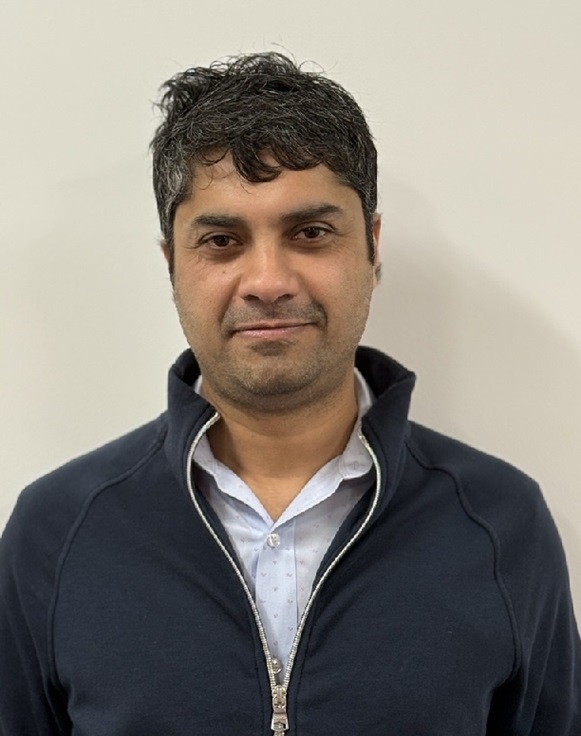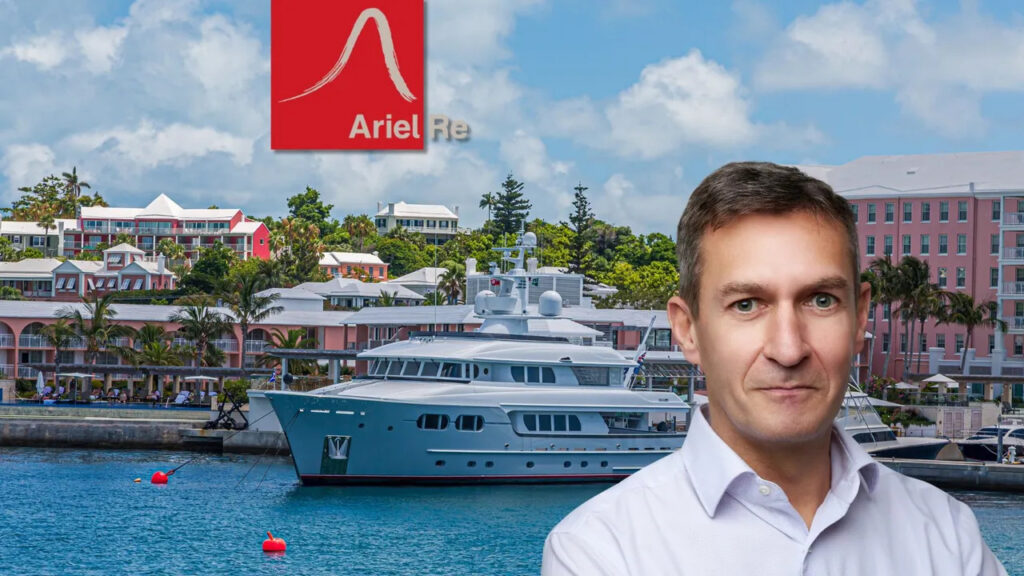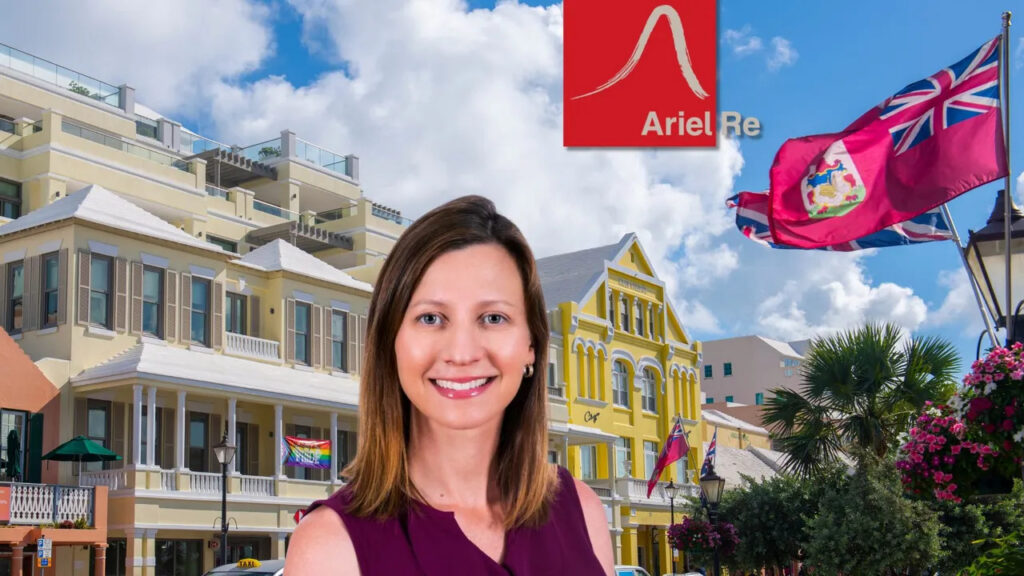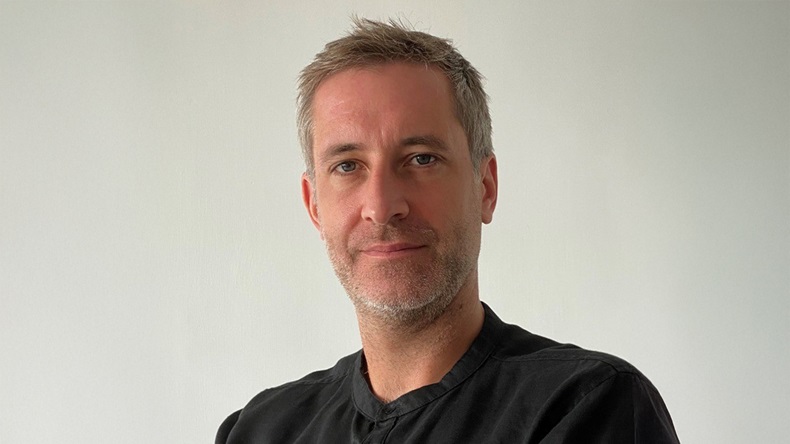
For this week’s reinsurance meeting in Baden-Baden, property underwriters for Ariel Re are upbeat about continued hard market pricing.
This week, Ariel Re’s property team is meeting with a mix of European reinsurance cedants, some Japanese firms, and inwards retrocessional clients. Tom Orton and Giovanni Maccioni, both property reinsurance underwriters at Ariel Re, met with GR to discuss their aims for t he meeting for European reinsurance business.
Whatever the growing prospects for another hard market at 1/1 renewals, the lack of a major storm like Hurricane Ian, which made landfall between last year’s Monte Carlo Rendezvous and Baden-Baden meeting, make for a less chaotic conversation in the picturesque German spa town.
“Simply put, the big difference this year between Monte and Baden, unlike last year, is that there isn’t a hurricane in between. We appreciated an increase in rates and improvement in terms and conditions last year,” said Maccioni.
Hard market momentum remains strong, he suggested.
“We are expecting prices to increase. We believe the positive momentum will continue, and that retentions will keep up with inflation,” he said.
Reinsurance firms should remember previous years’ loss events and hold firm, he emphasised.
“This year is a positive one for the reinsurance market, but we shouldn’t forget the previous few years. Investors need to recover, and we should strengthen the profitability of this market. We also need to meet demands for clients for additional reinsurance capacity driven by inflation,” Maccioni added.
His colleague Tom Orton noted that Europe’s pricing picture has been different from the US in recent years, where there has been a continual increase in retention levels for two to three years.
“Europe, in comparison, remained relatively stable and static in monetary value for five to ten years. As a result, there was a kneejerk reaction last year. Last year there was a big increase in retention, which reset the return period so that it is now similar to where it was ten years ago,” Orton said.
Ariel Re’s property team were in Germany “writing a few large lines for selected clients”, according to Maccioni. Clients will be purchasing some higher limits because of inflation, he suggested, while “positive momentum” for rates and terms is the order of the day.
He went on to discuss the property natural catastrophe events picture in Europe this year.
“There were active events in Italy, and reaction in local regions. Italian programmes retentions have been changing and prices have been going up. Turkey will be the same, following the earthquake at the start of the year,” Maccioni said.
Ariel Re’s strategy in Europe is for a narrow focus on writing property cat deals, Maccioni explained.
“If our target metrics met, we are willing to deploy large lines. We’re keen to engage early with clients; those early conversations are important, because if the parameters are met, we can offer large capacity,” he said.
Orton highlighted that the US hurricane season is still in play, so that the market should not count its chickens just yet.
“This year, the US has been very fortunate in its hurricane landfalls for Category three to four hurricanes. It’s also been the most active year on record from a severe convective storm perspective,” he said.
Attempts to paint Europe as a market disconnected from US events don’t work for reinsurers, suggested Maccioni.
“There’s more interconnection between the US and across the world. We saw that with Hurricane Ian’s [reinsurance market] repercussions in the rest of the world,” he said.
This brought the conversation round to Japanese renewals negotiations, which are generally for 1/4 rather than 1/1, but are starting already.
“For Japan, the focus is on an orderly renewals. Japan has seen major increases in retentions and prices in 2018-2019. It’s also seen some active typhoon seasons, so we’ve seen a reset in the Japanese market already, with improvements in terms and conditions there,” Maccioni said.
Orton said Ariel Re was keen to continue to support Japanese clients and by engaging with them early.
“They like to listen to the messaging at 1/1, to understand the market globally, and to react early in January and February. We’re talking about huge entities, here, and relatively large lines. We have a maximum line size of $100m,” he said.
“Average line sizes have roughly doubled or tripled from 2022 to 2023,” Orton said.
“We can be meaningful to clients and we want to be meaningful where it makes sense to be there and we can have a stronger relationship,” he added.





